Curry Powder Uncovered: From Ancient Spices to Your Kitchen Shelf – A Global Journey!
Ever opened a jar of curry powder and wondered, “Where on earth did this magical blend actually come from?” You’re not alone! While curry powder is now a kitchen staple in homes across the world, its origins are far more complex—and fascinating—than you might think.
In this deep dive, we’ll travel through time and across continents to explore the rich history, cultural significance, and modern variations of curry powder. Along the way, you’ll pick up practical spice tips and learn how to make your own blend at home.
Table of Contents
- A Spice with Many Faces: The Real Origins of Curry Powder
- Colonial Influence & the Birth of Commercial Curry Powder
- From Kerala to Kyoto: Regional Variations Around the World
- How to Make Your Own Curry Powder: A Flavorful DIY Guide
- The Health Perks Behind the Powder
- Proper Storage & Usage Tips for Maximum Flavor
- Curry Powder Goes Global: How Different Cultures Use It
- Conclusion
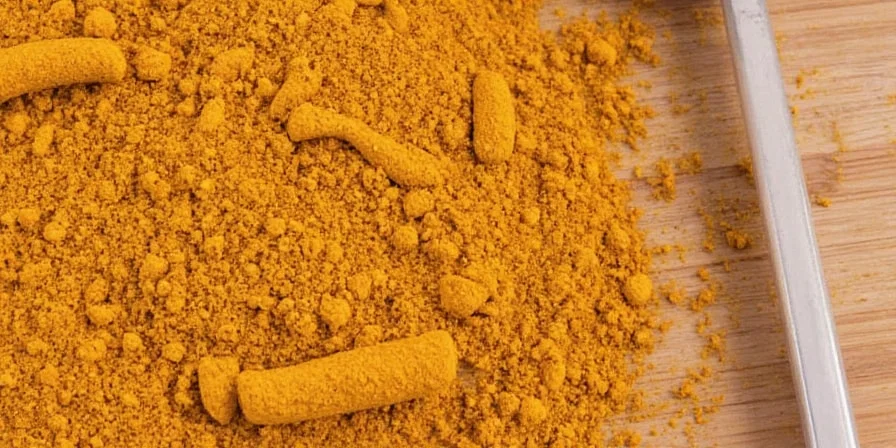
A Spice with Many Faces: The Real Origins of Curry Powder
The word “curry” often conjures images of steaming bowls of Indian stew or fragrant Thai coconut curries—but here's a twist: curry powder as we know it today isn’t traditionally Indian. Instead, it’s a Western invention born out of colonial curiosity and culinary convenience.
Let’s rewind to the 17th century when European traders began exploring South Asia. What they encountered was a dizzying array of local spice blends—masalas—that varied by region, household, and even mood. These weren’t pre-mixed powders but carefully curated combinations of spices like cumin, coriander, turmeric, cardamom, cinnamon, cloves, and fenugreek.
To simplify things (and make them marketable), British traders began packaging these mixtures into a single powder, which they called “curry powder.” The name itself likely comes from the Tamil word kari, meaning sauce or relish, typically eaten with rice.
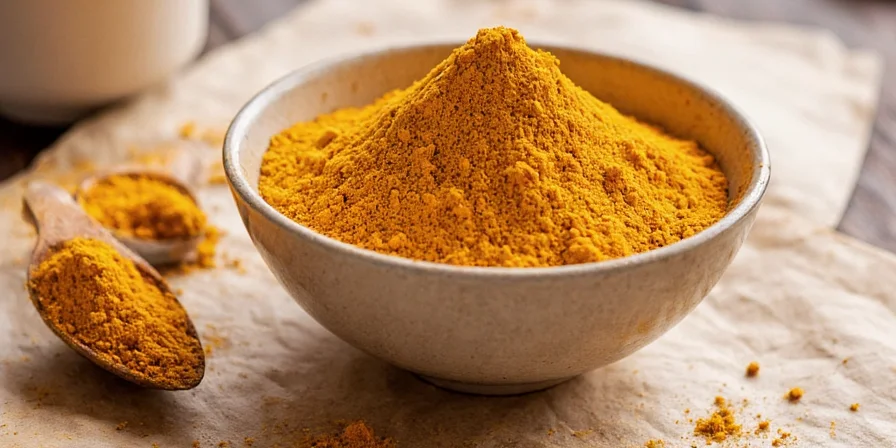
Colonial Influence & the Birth of Commercial Curry Powder
By the 18th and 19th centuries, curry powder had become a hit back in Britain. Recipes began appearing in cookbooks, and soon companies like Crosse & Blackwell were selling ready-made versions to eager consumers. This marked the beginning of curry powder as a global commodity.
The British version was typically mild, yellow, and heavy on turmeric, giving it that iconic golden hue. However, this mass-produced version barely scratched the surface of the complex spice traditions from which it was inspired.
| Spice | Purpose in Curry Powder | Origin |
|---|---|---|
| Turmeric | Color + Earthiness | South Asia |
| Cumin | Warm, Nutty Base | Middle East / India |
| Coriander | Balancing Citrus Note | India / Mediterranean |
| Ginger | Heat & Zing | South Asia |
| Fenugreek | Bitter-Sweet Depth | Mediterranean / India |
From Kerala to Kyoto: Regional Variations Around the World
One of the most exciting aspects of curry powder is how it has evolved differently across cultures. Here are just a few standout examples:
- Indian Garam Masala: Not technically curry powder, but often mistaken for one. A warm, aromatic blend used to finish dishes.
- Japanese Curry: Mild, sweet, and thickened with flour, often served with rice or bread.
- Thai Massaman Curry: Rich and mildly sweet with Persian influences, featuring potatoes, peanuts, and tamarind.
- Jamaican Curry: Spicy and bold, used in rotis and stews, reflecting Indian indentured labor influence.
- Madras Curry Powder: A hotter British-Indian style named after the city of Chennai.
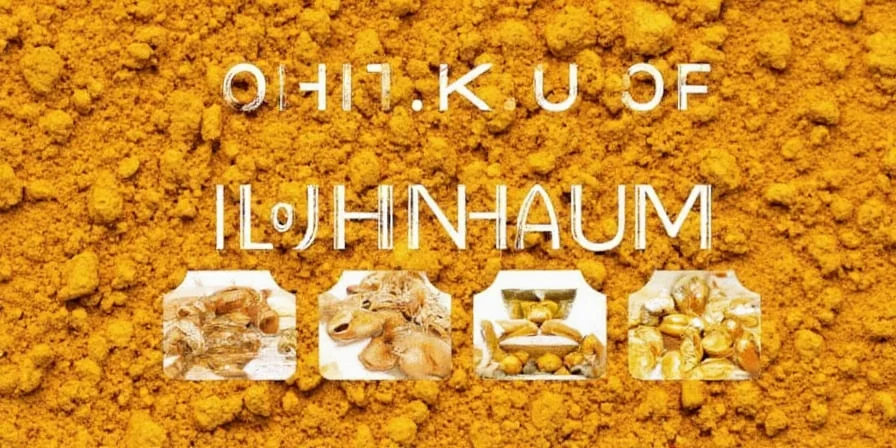
How to Make Your Own Curry Powder: A Flavorful DIY Guide
If you’ve ever wanted to customize your spices, making your own curry powder is a great place to start. Plus, freshly ground spices simply taste better than store-bought ones!
Basic Homemade Curry Powder Recipe
- 2 tbsp ground coriander
- 1 tbsp ground cumin
- 1 tsp turmeric
- 1/2 tsp ground ginger
- 1/4 tsp black pepper
- 1/4 tsp fenugreek
- Optional: pinch of chili powder, nutmeg, or cinnamon for warmth
Instructions: Toast whole seeds before grinding if possible. Combine all ingredients in a bowl, stir well, and store in an airtight container.
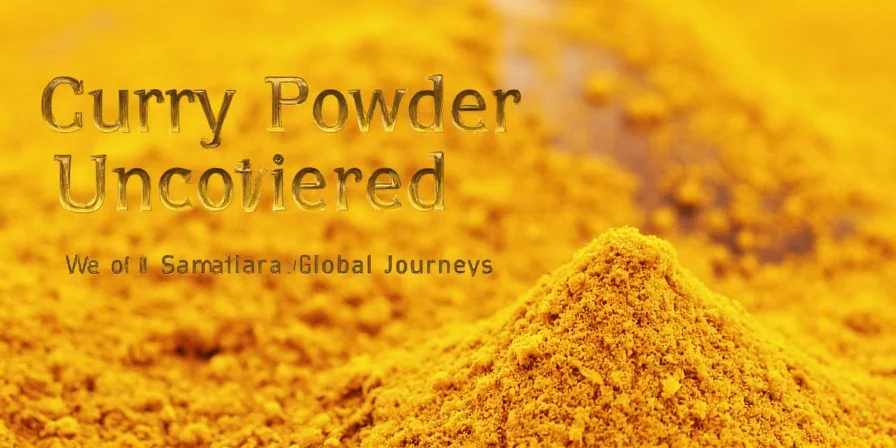
The Health Perks Behind the Powder
Curry powder isn’t just tasty—it’s also packed with health benefits thanks to its individual components:
- Turmeric: Contains curcumin, known for its anti-inflammatory properties.
- Cumin: May aid digestion and support immunity.
- Coriander: Rich in antioxidants and may help lower cholesterol.
- Fenugreek: Known to help regulate blood sugar levels.
Proper Storage & Usage Tips for Maximum Flavor
Spices are best stored in cool, dark places. Here are some quick tips to keep your curry powder vibrant and flavorful:
- Store in airtight glass jars, away from heat and light.
- Aim to use within 6 months for peak flavor.
- Add early in cooking for depth, or sprinkle toward the end for freshness.
- Pair with fats like oil or coconut milk to enhance absorption of fat-soluble compounds.

Curry Powder Goes Global: How Different Cultures Use It
From German currywurst to Caribbean curried chickpeas, curry powder has found a place in kitchens far beyond its original roots. Here’s a quick snapshot of how it’s used globally:
| Country/Culture | Signature Dish | Curry Powder Role |
|---|---|---|
| United Kingdom | Chicken Tikka Masala | Main seasoning base |
| Japan | Kare Raisu (Curry Rice) | Thickened with roux for mild flavor |
| Jamaica | Curry Goat | Used with Scotch bonnet peppers |
| Germany | Currywurst | Dusted over grilled sausage |
| South Africa | Bunny Chow | Stewed into meat or lentils |
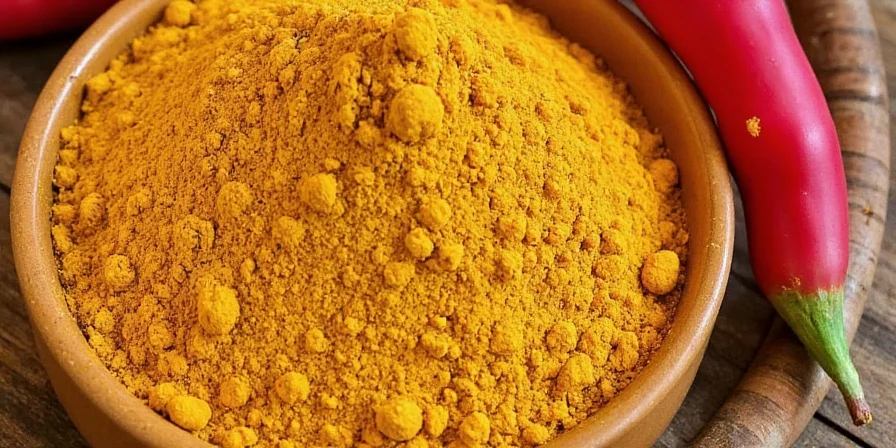
Conclusion
So where does curry powder really come from? The answer is both simple and complex: while its modern form was shaped by colonial trade, its soul lies in centuries-old South Asian spice traditions. Today, it’s a global icon of fusion cuisine and culinary creativity.
Whether you're sprinkling store-bought curry powder on roasted vegetables or blending your own custom mix, remember—you’re not just adding flavor. You’re tasting a little bit of history with every bite.
Now go grab your spices and get cooking! 🌶️🍛

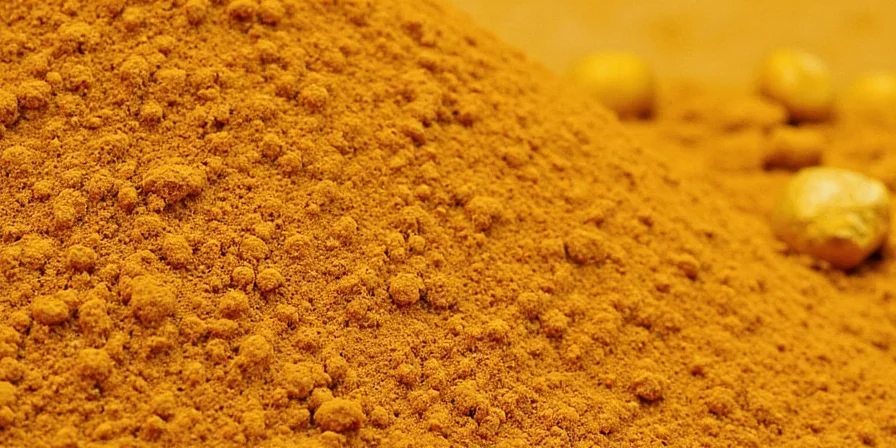









 浙公网安备
33010002000092号
浙公网安备
33010002000092号 浙B2-20120091-4
浙B2-20120091-4